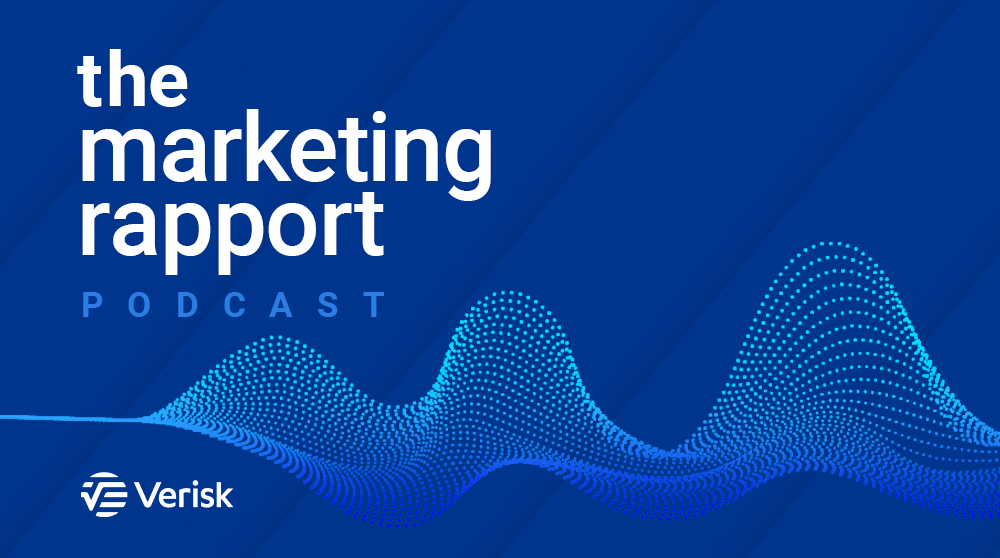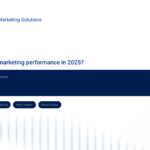5 Things You Need to Know About Buying on the Ping
If you’re in the insurance industry, you’re probably familiar with ping post lead buying. It’s one of the most common ways carriers, brokers, and agents find and buy leads in real-time. But while it can be a powerful way to fill your funnel, it can also lead to wasted resources and poor results if you’re not clear on how it works—or what to watch out for.
Here are five things you need to know about buying leads on the ping, so you can make better decisions and get more value from every dollar in your budget.
1. Ping Post Is a Real-Time, Auction-Based Way to Buy Leads
Here’s the basic idea: when a consumer submits a request for an insurance quote (say, on a comparison site), that lead is “pinged” out to multiple buyers. But at this point, no PII (personally identifiable information), things like name, home address, email address, and phone number, is shared.
If the data looks like a match for your targeting rules, you return a bid. If you win the bid, the full lead is “posted” to you, complete with name, contact info, and other personal details.
It’s fast, competitive, and lets you generally target which leads you buy. But it also means you need to have clear bidding rules, filters, and a lead management system that can handle split-second decisions.
2. You’re Not Just Buying Ping Post Leads—You’re Buying First Look
Ping post lead buying lets you choose who you want to connect with and how much you’re willing to pay. That’s a big difference from fixed-price leads, where you pay the same for every record regardless of quality.
In ping post, you’re often bidding for priority. The first buyer to get the full lead usually has the best shot at contact and conversion. That means your tech stack and bidding logic matter. Speed, filters, and smart targeting make a real difference.
3. Watch Out for Duplicate or Over-Shared Leads
One of the most common problems with ping post buying is duplicate or over-shared leads. Some lead sellers will offer the same lead to multiple buyers, either at the same time or through multiple channels.
This creates competition that can lower your contact rate and drive up your cost per quote or sale. To reduce this risk:
- Use filters to avoid leads that have been sold more than once
- Ask your vendors how many times a lead is sold and over what time period
- Track and flag duplicates in your CRM so you can catch patterns early and get refunded if that’s part of your MSA with the lead vendor
You may pay more for exclusive or semi-exclusive leads, but they often perform better and save time. The challenge is that these leads are less scalable than the volume of leads made available to multiple bidders.
4. Not All Lead Vendors Are Created Equal
The ping post ecosystem is large, and not every vendor follows the same rules. Some are highly transparent, let you control your filters, and share key details like how many times a lead is sold or where it came from.
Others don’t. Depending on how your lead management system and funnel are set up, and your tolerance for potential wasted time and budget on bad or duplicate leads, you should evaluate vendors accordingly.
Here are a few things you may want to ask when choosing a ping post lead vendor:
- Can I set filters based on risk, geography, and past performance?
- What compliance measures are in place (TCPA, opt-in, etc.)?
- Do you offer insight into source quality or lead scoring?
- Can I return leads that are invalid or don’t match my criteria?
5. It’s Easy to Waste Money Without Clear Rules and Feedback Loops
Ping post is fast and flexible, but that also means it’s easy to see diminishing returns if your system isn’t set up to handle them. You need:
- Strong filters to make sure you’re only bidding on leads that fit your needs
- Clear bidding logic tied to your KPIs—such as expected conversion or lifetime value
- Tracking of what happens after the lead is bought: contact rate, quote rate, close rate, etc.
Without these, you may end up buying leads that never convert, or over-spending on leads that don’t perform at a rate that delivers your desired cost per conversion (CPC). Always monitor performance by vendor, filter set, and campaign. Use that data to adjust your bids and rules.
Ready to buy on the ping?
Buying on the ping gives insurance marketers and sales teams a good amount of power, but it also demands the right tools, controls, and strategy. When done right, the ping is a fast, flexible way to scale. But it only works if you keep your hands on the wheel.
Ask the right questions. Set the right filters. Track your outcomes. And don’t be afraid to re-negotiate or walk away from vendors when necessary.
It’s a competitive world out there. And to retain an edge on the ping, always keep in mind that every millisecond—and every dollar—counts.









 Your Privacy Choices for Platform Services | Data Services
Your Privacy Choices for Platform Services | Data Services